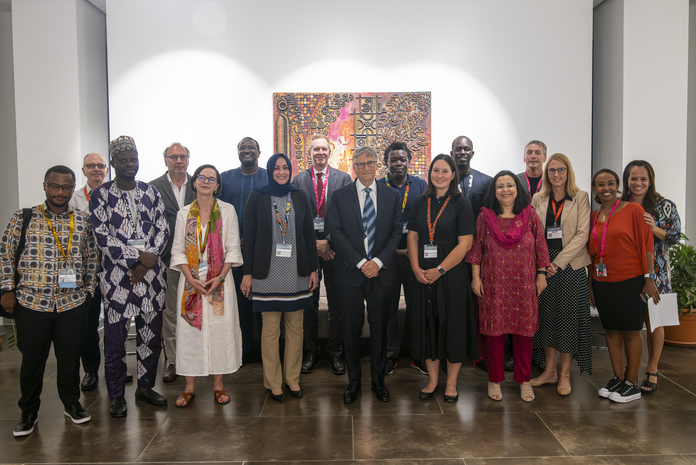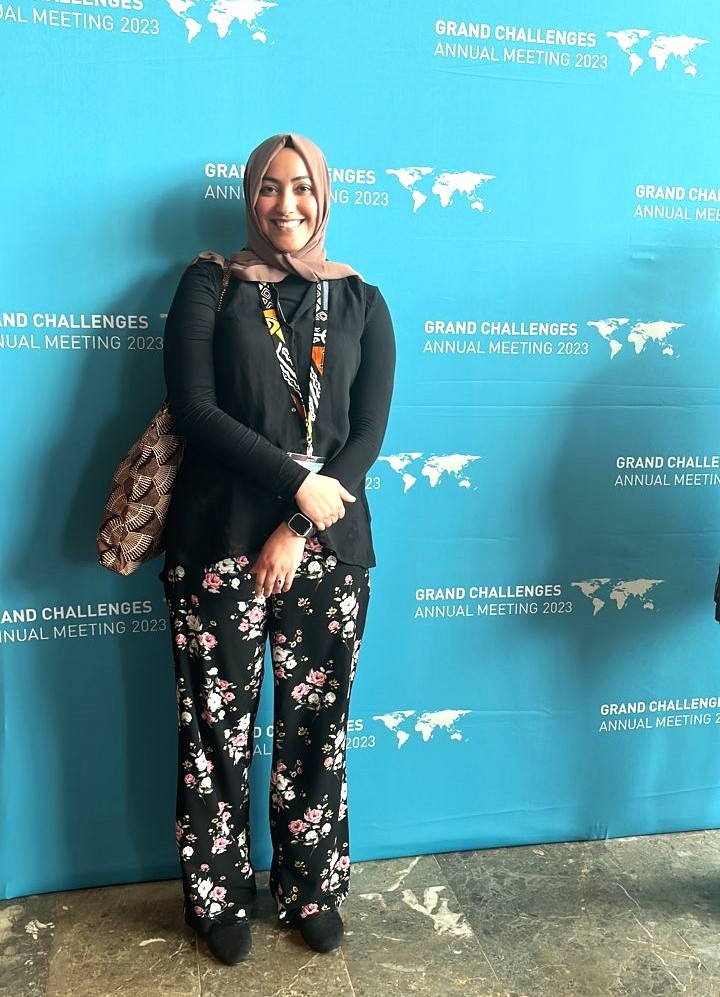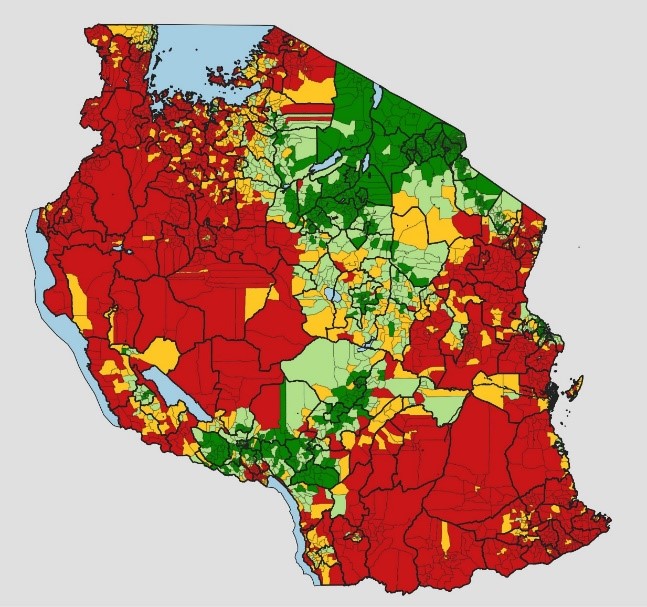
Sumaiyya Thawer, researcher and former PhD student at Swiss TPH, joined the science dinner with Bill Gates as part of the Grand Challenges annual meeting. In this impact story, she shares her experiences and new ways to improve global health that were discussed at the meeting.
Hi Sumaiyya, thanks for joining us today! Please introduce yourself.
I am from Tanzania and did my PhD in epidemiology at the Swiss Tropical and Public Health Institute (Swiss TPH). I currently work as a surveillance, monitoring and evaluation specialist at Swiss TPH. My work focuses on improving the use of routine data from local health facilities in the fight against malaria. This data is used to stratify, monitor and evaluate the impact of malaria control interventions. I have more than six years of experience working in monitoring and evaluation in Tanzania where I provided technical support to the National Malaria Control Programme (NMCP) in various malaria surveillance activities as part of the Swiss TPH Towards Elimination of Malaria in Tanzania (TEMT) project.
You recently met with Bill Gates. Tell us about it.
I was invited by the Bill and Melinda Gates Foundation (BMGF) to attend the 20th Grand Challenges annual meeting that was held in in Dakar, Senegal in October 2023. The meeting was attended by around 1,500 participants from across the globe. It aimed to bring together funders, scientists, policymakers and researchers working towards fostering innovative ideas to address the inequities in global health and development. This year’s theme was “Science saves lives” with a huge focus on leveraging artificial intelligence (AI) platforms to promote global health. A huge investment was announced by the BMGF to support AI platforms in Africa to support translation of innovative ideas into scalable solutions.
As part of the meeting, six participants were invited to a science dinner with Bill Gates and the senior management of the BMGF. I was fortunate to have the opportunity to be one of them. The dinner session was very enlightening where each of us was asked to present on an aspect of our work that we were most passionate about. My presentation was focused on enhancing the use of country-owned routine health facility data to tailor malaria interventions at sub-national level. The presentations served as an opening to facilitate discussions on how on-going research projects can address some of the global health challenges.
And, how can routine health facility data be used to improve malaria interventions?
Since 2000, there has been a renewed commitment to malaria control, resulting in increased funding to support various malaria control interventions across Africa. This led to substantial reductions in the disease burden in many parts of Africa. However, progress has plateaued in recent years and ten countries in Africa currently account for 66% of the global malaria disease burden. This has been accompanied by an increasing trend of geographical and epidemiological heterogeneity.
"The stalled progress in malaria control, coupled with the increasing heterogeneity calls for a new model to improve investment efficiency to maximise the benefits of interventions."
The stalled progress in malaria control, coupled with the increasing heterogeneity calls for a new model to improve investment efficiency to maximise the benefits of interventions. This requires strategic information from routine systems to targeted interventions to the right population and continuously monitor epidemiological trends.
In what way is this a new approach?
Traditionally, differences in malaria burden across Africa have been assessed using modelled parasite prevalence derived from cross-sectional surveys. These surveys have been useful for providing the country with a baseline for understanding the transmission. However, most of the surveys are only conducted periodically due to the high costs their high cost – their sustained updating depends heavily on funding. As such, there is a need to explore alternative data sources.
Nationally owned routine surveillance systems can provide near real-time and granular data in time and space for stratifying malaria. However, data from these sources have largely remained underutilised due to concerns about completeness and quality. This is changing, for example through improved testing and reporting rates and WHO's strong emphasis on countries making better use of their routine information for decision-making.
In light of this, my work aimed to demonstrate the potential of using local routine data from health facilities to enhance evidence based decision-making and maximise impact in mainland Tanzania. This entailed using combinations of local country-owned routine and survey malaria data to produce suitable risk maps for the malaria programme. A very simple and pragmatic method was utilised that could easily be adopted by the NMCP. The resulting risk maps allowed the development of intervention packages for each risk stratum.
As countries are implementing these targeted interventions, there is a need to continuously monitor and evaluate impact of these strategies. Evidence generated through these assessments allows malaria programmes to make more informed decisions, monitor progress towards set targets and inform national policies, especially for their next cycle of strategic plan development. My current work is focused on supporting the NMCP in Tanzania with assessing the epidemiological impact of long-lasting insecticidal nets (LLINs).
The Grand Challenges annual meeting focussed on leveraging artificial intelligence in global health in Africa. What are some new ideas in this regard?
The AI landscape can offer a breadth of opportunities to solve some of the pressing global health challenges, especially in low- and middle-income countries, and reach some of the most vulnerable groups. Attending the meeting allowed me to get exposed to a range of on-going work utilising AI in solving various health challenges in local community settings.
It was inspiring to see the impact some of the projects were making and highlighted the importance for such work to be locally driven in order to make a more meaningful impact to the communities it serves. It sparked my interest in further exploring avenues for incorporating AI in malaria surveillance activities. One of the aspects that the meeting fostered was opportunities to build networks and collaborations. I hope to leverage some of these opportunities to explore this further.
What’s next?
One of the opportunities that the meeting offers to all the participants is the ability to translate ideas to actions through applying for grants that are exclusive to the participants. The call-to-action grant encourages collaborations between participants to produce solid solutions to maximise impact. I have therefore submitted a proposal and currently awaiting to hear the outcome.

